As Promised, a Plug-in Kia Niro Arrives Before the New Year

It’s strange that the Kia Stinger — an aggressively styled, rear-drive, twin-turbocharged sport sedan — would get so much limelight when there’s a new Kia Niro Plug-in Hybrid to drool over. All right, that’s the one and only joke we’ll have at the well-regarded Niro’s expense. Obviously, there’ll be little cross-shopping between these two models, as both vehicles fulfill very different missions.
The Stinger’s all about letting your hair down and performing a smoke show in your old high school parking lot. The Niro Plug-in is for the rest of the week, when you’re shuttling your kids around and displaying your green bona fides to your upstanding suburban neighbors. And there’s nothing wrong with that.
Recently unveiled at the L.A. Auto Show, the plug-in Niro takes a competent package (one we hesitate to call a “crossover”) and endows it with a healthy dose of all-electric driving range.
Unchanged except in powertrain, the 2018 Niro PHEV boasts a much larger battery than its conventional hybrid sibling. With a capacity of 8.9 kWh, the battery pack provides enough juice for the 60-horsepower electric motor to give the vehicle a gas-free driving range of 26 miles. That’s one mile more than a Toyota Prius Prime.
Besides the extra battery capacity, Kia left everything else pretty much the same. Once a driver depletes the battery, the Niro PHEV reverts to basic hybrid operation. A 1.6-liter direct-injection four-cylinder provides the hydrocarbon-based motivation, coupled with the electric motor and a battery now partly replenished by regenerative braking. Total system output is 139 horsepower and 195 lb-ft of torque.
While the vehicle’s electric efficiency rating stands at 105 MPGe, the Niro PHEV actually consumes more gasoline than the stock Niro when running in hybrid mode. Kia claims a rating of 48 mpg city, 44 mpg highway, and 46 mph combined. Compare that with the rating of 51 city/46 highway/49 combined for a 2017 Niro. The Niro PHEV stands to save the owners gas money only if it’s used heavily for local trips and commuting, which most buyers no doubt will.
Kia claims the Niro PHEV receives a full charge after 2.5 hours at a 240-volt (Level 2) connection, or 9.5 hours on a 120-volt outlet. The enlarged battery, located under the rear seat and cargo floor, does not impinge on cargo volume. There’s one useful, model-specific feature to mention: in order to prevent battery drain, the Niro PHEV comes with a driver-only air conditioning option, which reduces power consumption by keeping everyone but the driver roasting.
The 2018 Niro should roll onto dealer lots before the end of the month, appearing in LX, EX, and EX Premium trims. There’s no pricing listed as of yet, but expect to pay a premium over a standard Niro.
[Images: Kia Motors]

More by Steph Willems
Latest Car Reviews
Read moreLatest Product Reviews
Read moreRecent Comments
- TheMrFreeze So basically no manual transmissions in US cars after 2029.I just raised one finger in the general direction of NHTSB's main office. Guess which finger it is!
- TheMrFreeze Wife drives a Fiat 500 Turbo 5-speed (135hp vs. 160 in the Abarth), it's a lot of fun to drive and hasn't given us any headaches. Maintenance on it is not as bad as you'd think for such a cramped engine compartment...Fiat did put some thought into it in that regard. Back seat is...cramped...but the front is surprisingly roomy for what it is.I honestly wouldn't mind having one myself, but yeah, gotta have a manual trans.
- Bkojote Tesla's in a death spiral right now. The closest analog would be Motorola circa 2007.The formula is the exact same. -Vocal CEO who came in and took credit for the foundation their predecessor while cutting said efforts behind successful projects.-A heavy reliance on price/margin cuts and heavy subsidies to keep existing stock moving. The RAZR became a $99 phone after starting out as a $399 phone, the same way a Model 3 is now a $25k car.-Increasing focus on BS projects over shipping something working and functional to distract shareholders from the failures of current products. Replace "iTunes Phone" (remember that?) with "Cybertruck" and when that's a dud focus on "Java-Linux" the same way they're now focusing "Robotaxis".-Increasingly cut away investment in quality-of-ownership things. Like Motorola, Tesla's cut cut cut away their development, engineering, and support teams. If you ever had the misfortune of using a Motorola Q you're familiar with just how miserable Tesla Autopilot is these days.-Ship less and less completed products as a preview of something new. Time and time again at CES/Trade Shows Motorola was showing half-working 'concept' devices. The Cybertruck was announced 5 years ago yet functionally is missing most of its features- and the ones it has don't work. And I mean basic stuff- the AWD logic is embarrassingly primitive. A lot of Tesla hyperbole focuses on either he's a 4D-chess playing genius visionary or all of Tesla's being propped up by gov't mandates. But the reality is this company hasn't delivered any meaningful product evolution in the better half of this past decade.
- Pig_Iron Stellantis is looking for excuses to close plants. Shawn Fain just gave them one. 🐹
- SCE to AUX Unresolved safety issues are a good reason to strike.




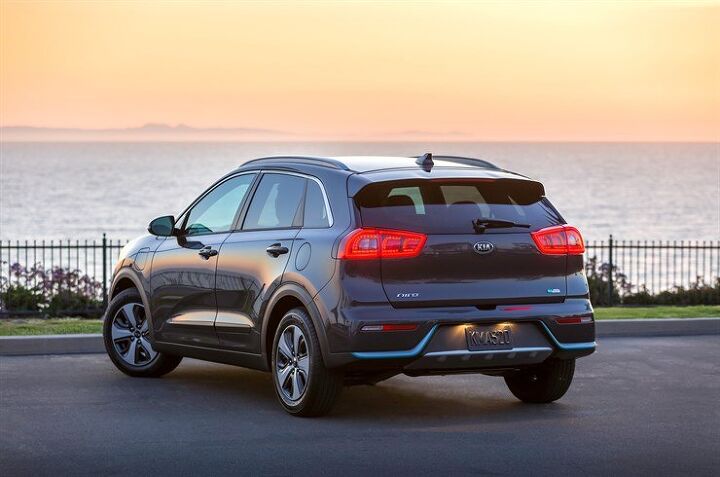
















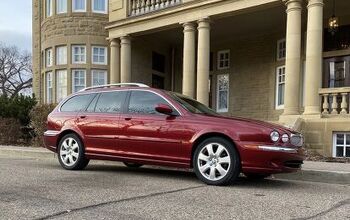

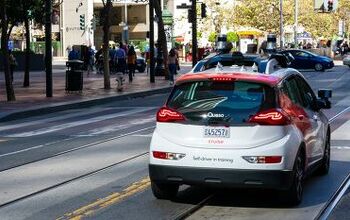

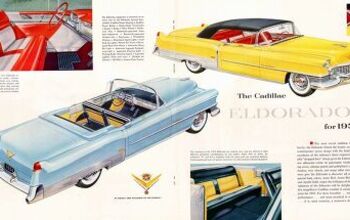

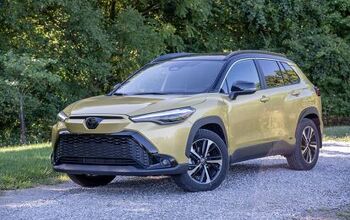
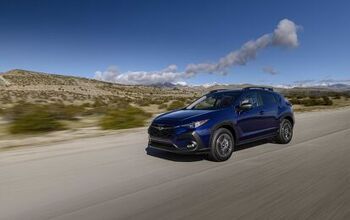
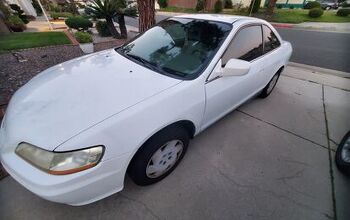

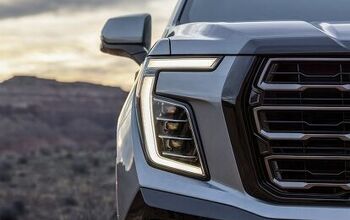

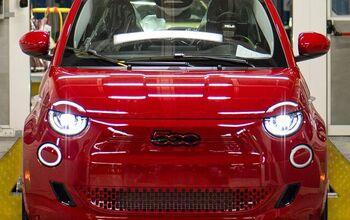
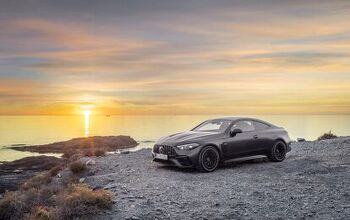
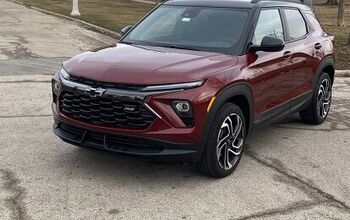
Comments
Join the conversation
So is this the California model or will I be able to buy it in flyover country?
Looks a lot like a Honda HR-V. If I didn't see the front, I could mistake them for the other.